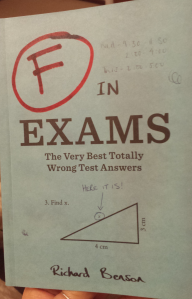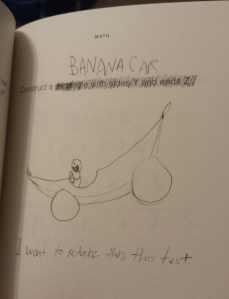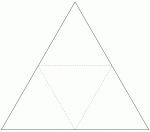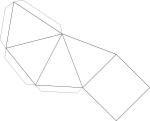I know my SIFE class is probably what more people want to hear about, but hey, it’s AP crunch time and Calc BC has been getting FUN. Finally, after 3 years of teaching it (and one year of suffering through it 17 years ago)!
Today’s share: I finally feel semi-decent about how I’m introducing the power and Maclaurin series. The last couple of years, my students have been full of complete panic when I introduced the first free response series examples because they looked so entirely different from the way the book introduced it. I tried looking at other books to try to supplement to see if they do a better job, but none were very satisfactory.
So I finally re-wrote it as group work for discovery. Let’s be real, after going through painstaking tests for series convergence and divergence for 8 sections straight, the power series should be an easy transition, but the fact is that it is NOT.
I think I’ve finally figured out why, or at least partly why. Firstly, the books kind of sneak in a second component to what an “interval of convergence” means for Maclaurin series. They quickly transition from using the “interval of convergence” to represent all values of x that make the series converge (like we’ve been doing for 8 sections) to suddenly using the phrase to also represent how two completely different functions are now graphically the same. Secondly, the books also fail to explicitly equate how the geometric series now uses x to represent the common ratio and now calls it a Maclaurin series. It is all very fuzzy and seemingly brand new, as opposed to being a continuation of the exact same concept we learned way back in the beginning of series.
So here is how I have introduced these two concepts, the power series to the Maclaurin series. Each of these worksheets are done in groups. I have different accountability measures for making sure each are doing the work together, but that is for a different post.
DAY 1 (95 min block): Worksheet A. This is to introduce the power series via the geometric series but by making the students explicitly point out the connection. I also explicitly point out the connection on which test to use using the same flow chart on the power series as well. Practice problems on using the Ratio Test on power series is given as classwork –> homework.
DAY 2 (55 min class): Worksheet B. This is where I try to redefine “interval of convergence” to mean something extra and introduce the Maclaurin series without actually introducing it. At the end of this day, w/ the catalyst of my cheesy/nerdy enthusiasm for how cool this is, I got quite a few “ohhhh. coooool!” from the kids. (FYI, this has never happened before in prior years.) No homework this day.
DAY 3 (95 min block): Worksheet C, pgs 1-2 first (and separately from the rest of the packet). I had them find the Maclaurin series for sine and cosine. At the end of these pages, have them MEMORIZE these function=series equivalents because otherwise, they keep wanting to re-derive every time!
While I am walking around checking, stamping, and collecting their pgs 1-2, they are memorizing. By the time I get to their desks to collect their pgs 1-2 I also have them clear their desks before handing them pgs 3-5. They now have to pull those series equivalence they just crammed out of their brains and on to paper.
I stop the class when about half the class has started the second part to go over an example of how to use our given four series to do their first “manipulating” of the four series together. Hw: finish finding the intervals of convergence and do the first three AP free response problems on pg 4. I encourage/ beg the students to please not Google the answers. They have a terrible “study habit” of having the answer too close and relying on it too much to find the answer.
DAY 4 (95 min block): Worksheet C, pgs 4-5. This day is yet to come for me (it is this Friday). I have plans to go over the answers in detail and the point distribution for the first three, then give group work time to go over the next three.
Taylor series and LaGrange Error Bound is yet to come. I have no clue how to introduce those yet. =/













